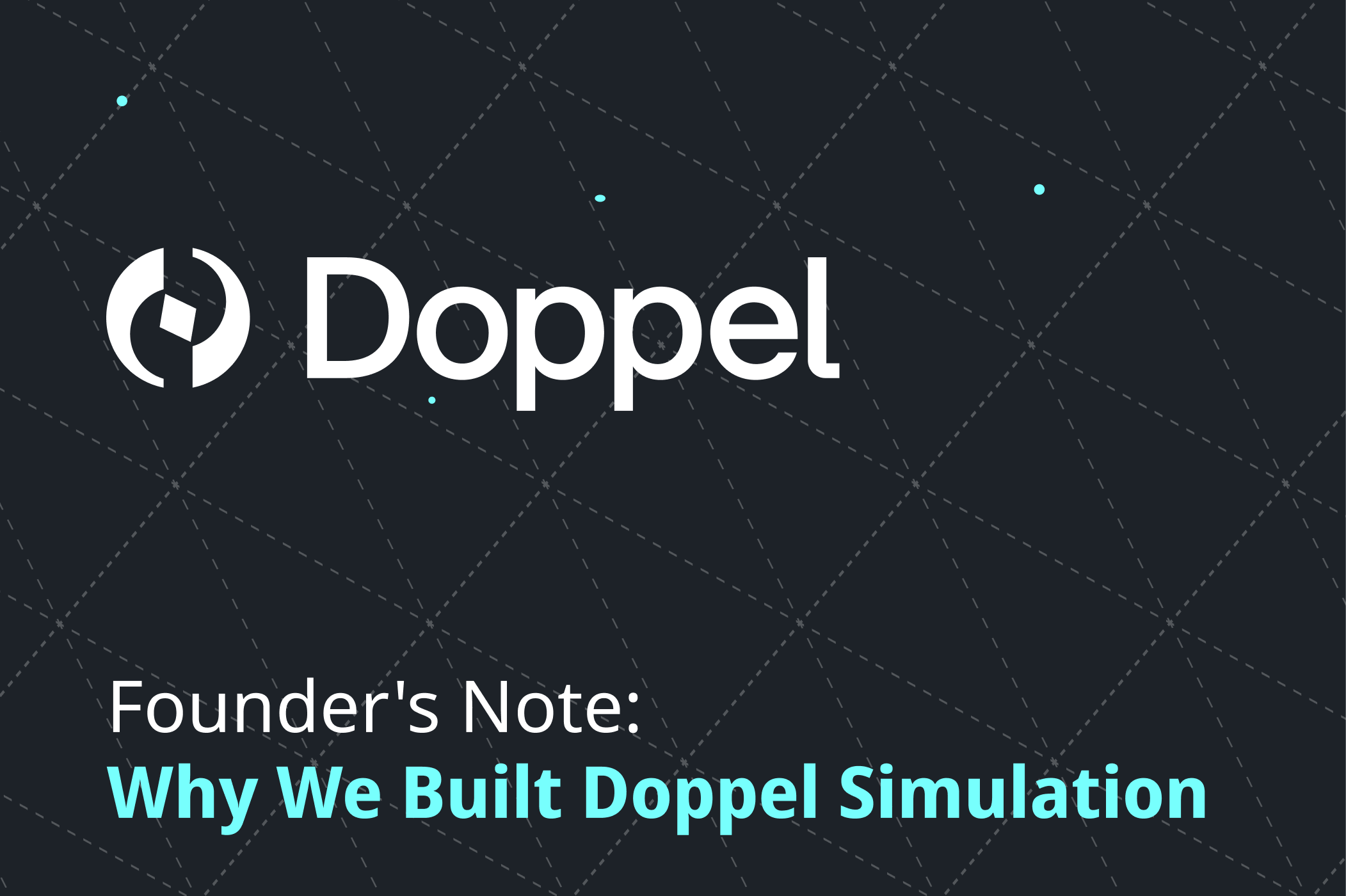The Case for Multi-Channel, Graph-Driven Defense
Generative AI has accelerated the creation of spoofed domains, fraudulent ads, deepfake-enabled phishing, and fake executive accounts at a scale traditional defenses cannot keep up with.
Social engineering has become the dominant attack vector, yet most enterprises only monitor a fraction of the surfaces attackers exploit. Security stacks remain optimized for email and perimeter telemetry while leaving entire categories like messaging apps, paid media, mobile apps, and voice/SMS effectively unmonitored.
The result is predictable: attackers exploit blind spots, while fragmented tools and siloed teams prevent defenders from connecting the dots.
Why Siloed Defenses Fail
Point solutions were designed to detect artifacts, not campaigns. A spoofed domain may trigger one alert, while a fake LinkedIn profile surfaces elsewhere, and a malicious ad is flagged in another system. Without correlation, defenders are left with low-context noise and no campaign-level understanding.
By the time legacy workflows stitch these signals together, the attacker has already executed. Manual takedown requests, disconnected SOC and brand-protection teams, and blind spots on fringe channels all extend attacker dwell time.
How Attackers Operate
Adversaries launch campaigns that are inherently multi-channel:
- Domains: Typosquats, homoglyphs, fast-flux infrastructure.
- Social Media: Executive impersonation, recruitment fraud, synthetic persona networks.
- Paid Ads:Fraudulent search ads and malvertising redirecting customers into phishing funnels
- Messaging Platforms: Telegram, WhatsApp, and Discord leveraged for crypto scams and fake support channels.
- Apps & APKs: Malicious clones and rogue marketplaces distributing credential-stealing software.
- Voice & SMS: Spoofed numbers and voice clones targeting employees and customers.
Each of these is part of a larger kill chain and treating them in isolation means defenders are fighting fragments while attackers operate a unified playbook.
Doppel’s Multi-Channel Approach
Our graph-driven platform is built to collapse fragmented signals into a single, real-time view of active campaigns. Instead of surfacing thousands of unrelated alerts, our threat graph links domains, accounts, phone numbers, ads, and wallets into connected infrastructure maps.
Key capabilities include:
- Graph-Driven Intelligence: Identifies central nodes, link strength, and infrastructure overlap across domains, social, messaging, and dark web.
- Multi-Channel Visibility: Surfaces threats on both mainstream and fringe platforms, connecting what siloed tools cannot.
- Infrastructure Disruption: Enables takedowns at the campaign node level, not artifact by artifact shortening dwell time and reducing repeat abuse.
- Agentic AI Correlation: Summarizes campaigns, enriches context with actor metadata, and accelerates prioritization without analyst drag.
The Real-World Costs of Fragmented Visibility
The operational impact of incomplete visibility is measurable.
- A finance executive transferred $243,000 after a deepfake voice call from a spoofed CEO. Source: WSJ
- A single fraudulent verified Twitter account caused a 6% drop in Eli Lilly’s stock after posting false information. Source: FiercePharma, 2022
- Verified Web3 accounts hijacked to push phishing domains resulting in direct asset theft.
In each case, attackers exploited a channel defenders were not monitoring or had lacked the ability to correlate with other indicators of compromise.
What Modern Defense Requires
A platform approach is required for modern multichannel defense and must include:
- Continuous scanning across all surfaces – domains, social, messaging, paid media, dark web, and apps.
- Graph-driven detection – linking alerts into campaigns for visibility and prioritization.
- Automated takedown workflows – registrar, API, telco, and app-store level disruption.
- Fringe and emerging channel coverage – where scams increasingly begin.
- Cross-team integration – shared visibility between SOC, Brand, Fraud, and Threat Intel functions.
The question in 2025 is not whether an organization is being targeted, it is whether they can see campaigns in time to act. CISOs evaluating their controls should ask:
- Do our current tools correlate across domains, ads, messaging, and social, or do they add to alert fatigue?
- How fast is our response per surface? Hours, days?
- Can we see attacker infrastructure as a connected campaign or only as isolated artifacts?
- Are we covering the channels we don’t use but our customers might?
Modern attackers exploit trust, not just systems. They launch multi-surface deception campaigns at machine speed. Legacy defenses like email filters, siloed DRP tools, and manual takedowns were not designed for this threat model.
A graph-driven, multi-channel approach shifts defense from chasing artifacts to dismantling infrastructure. For enterprises operating at global scale, this is no longer optional, it is the foundation of resilience.
See how Doppel’s Threat Graph links multi-channel attacks into unified campaigns and dismantles them. Request a demo.
Register for our "Defending Against Multi-Channel Threats" webinar on October 15th, featuring a discussion with Tripadvisor Head of Information Security, and Doppel customer, Shashank Balasubramanian, here.
Related Blogs





.svg)